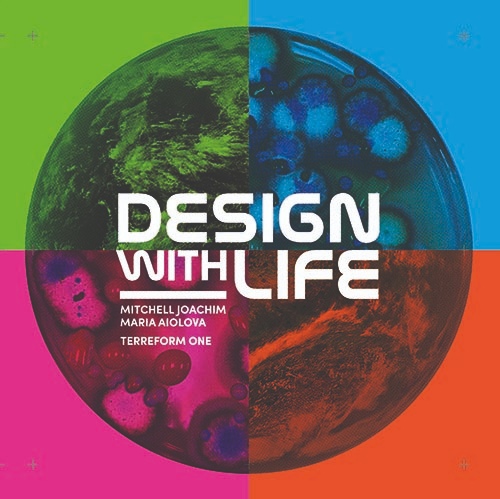-
Книги
- Нонфикшн
- Гуманитарные науки
- Деловая литература
- Естественные / Точные науки
- Книгоиздание
- Лайфстайл
- Словари / Энциклопедии
- Художественная литература
- Детектив
- Драматургия
- Классическая проза
- Мифология. Эпос
- Поэзия
- Собрания сочинений
- Современная художественная проза
- Фантастика. Фэнтези
- Биографии / Мемуары
- Графические романы / Комиксы
- Детские книги
- Воспитание. Педагогика
- Детский досуг
- О детских книгах
- Познавательная литература
- Художественная литература для детей
- Журналы / Зины
- Архитектурные
- Гуманитарные
- Журналы о моде
- Зарубежная периодика
- Искусство / Фотография
- Кино / Театр
- Лайфстайл
- Книги «Подписных изданий»
- Книги на иностранных языках
- Английский язык
- Испанский язык
- Итальянский язык
- Книги на иностранных языках для детей
- Немецкий язык
- Финский язык
- Французский язык
- Шведский язык
- Книги о кино
- Книги о музыке
- Книги о средневековье
- Книги о театре
- Книги о фотографии
- Книги об искусстве / Книги об архитектуре
- Альбомы по искусству
- Архитектура
- Декоративно-прикладное искусство
- Живопись
- Искусствоведение
- Орнаменты
- Прочее
- Танец
- Татуировка
- Творческое развитие
- Книги по философии
- Кулинарные книги
- Николай Солодников рекомендует
- Предзаказ
- Про дизайн / Про моду
- Путеводители / Книги о путешествиях
- Канцелярские товары
-
Подарки
- Брошки и значки
- Гирлянды
- Закладки
- Игры
- Календари
- Наклейки
- Наши сувениры
- Открытки
- Всякие-разные
- Наборы открыток
- Поздравления
- Про любовь и другие хорошие чувства
- С писателями и поэтами
- С цветами, овощами и фруктами
- С цитатами и другими фразами
- Подарочные сертификаты
- Постеры
- Прочее
- Сумки и шоперы
- Упаковка
- Подарочные сертификаты
Адрес магазина: Санкт-Петербург, Литейный пр., 57
Design with Life
| Автор | Joachim M. Aiolova M. |
|---|---|
| Издательство | Acta Diurna |
| Год издания | 2019 |
| Переплет | Твёрдый |
| Страниц | 240 |
| Формат | 210x210 мм |
| Язык | Английский |
| ISBN | 978-1-94876520-6 |
| Артикул | 1162156 |
In the challenging context of accelerating climate dynamics, the core discipline of architectural design is evolving and embracing new forms of action. New York-based nonprofit Terreform ONE has established a distinctive design tactic that investigates projects through the regenerative use of natural materials, science, and the emergent field of socio-ecological design. This kind of design approach uses actual living matter (not abstracted imitations of nature) to create new functional elements and spaces. These future-based actions are not only grounded in social justice, but are also far-reaching in their application of digital manufacturing and maker culture. Terreform ONE tackles urgent environmental and urban social concerns through the integrated use of living materials and organisms.
Mitchell Joachim and Maria Aiolova, founders of Terreform ONE, describe their practice through various projects and prolific research that has made significant impact to what is increasingly recognized as socio-ecological design. Together they achieve an abundant collection of projects that validate these unique experimental methods, including the Monarch Sanctuary, a new urban building type to protect butterflies from extinction; Cricket Shelter and Farm, a series of modular volumes for harvesting alternate forms of insect protein; and biodegradable structures called Mycoform that invokes principles of synthetic biology to prototype 100% compostable furniture. Design with Life documents this growing body of work and outlines an original direction for a changing discipline, reviewing concepts at a range of scales for metropolitan areas. In an age where speed is everything, Terreform ONE reveals how future architecture and urban design practices can cultivate biological processes and create resilient answers to tomorrow’s wicked problems.
Подписка на рассылку
Раз в месяц будем присылать вам обзоры книг, промокоды и всякие-разные новости


